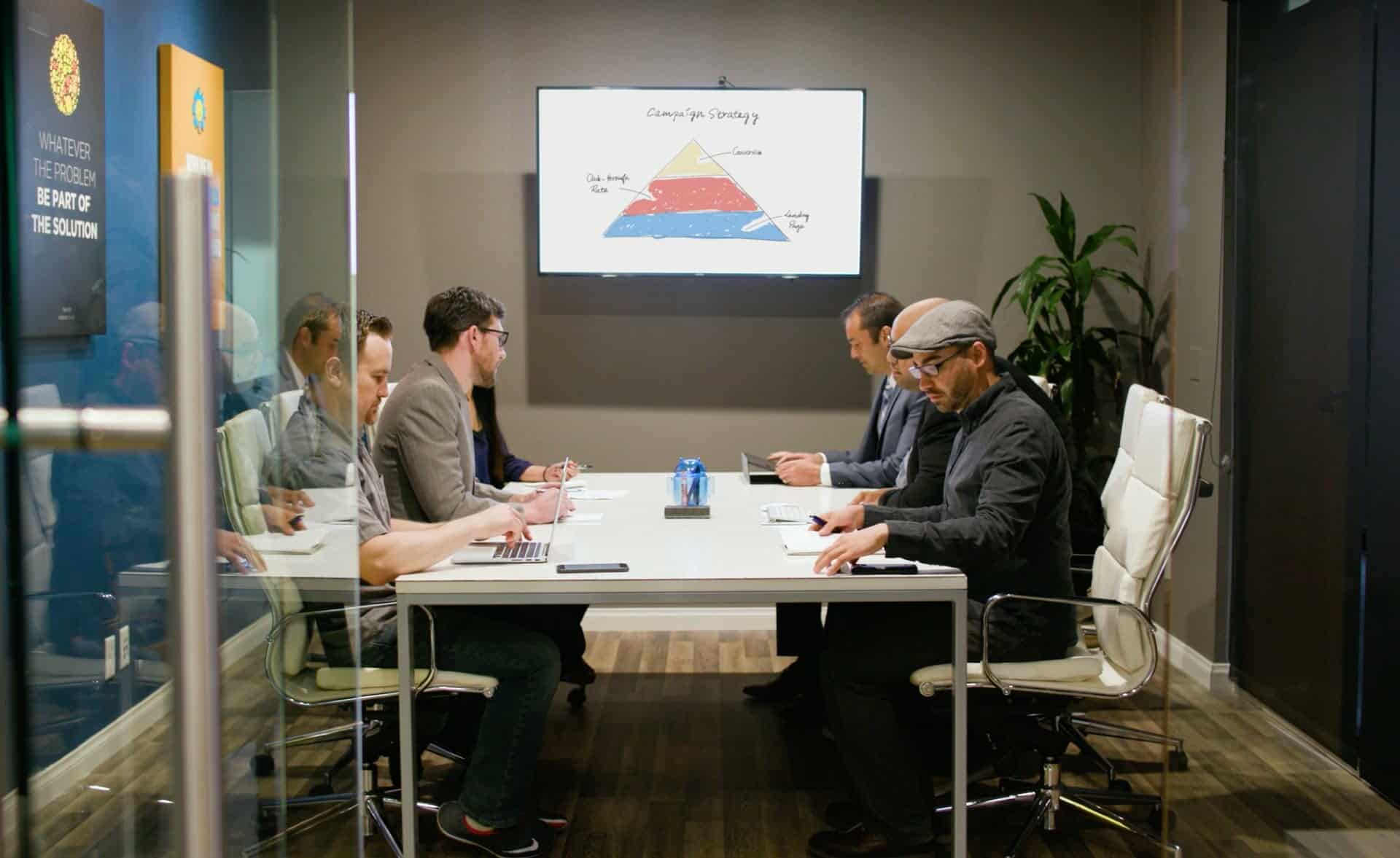Crawling is like the bread and butter of SEO, forming the very foundation of how search engines discover and index web pages. Without it, your search for the “closest coffee shop near me” would result in a page full of cat videos and memes. And while that may sound like a dream to some, it’s definitely not helpful when you’re in dire need of caffeine.
But what exactly is crawling in SEO terms, and why do the best SEO services place so much emphasis on it? Let’s break this term down into more detail.
Crawling 101: The Basics
Crawling in SEO is the process of a search engine’s bots, also known as spiders or crawlers, visiting and analyzing web pages. These bots start at a specific webpage, typically the homepage of a website, and follow links from one page to another, gathering information about the content of each page.
They also use a complex algorithm to determine which pages to crawl and in what order. This algorithm takes into account factors like the website’s authority, relevancy of content, and the frequency of updates. Crawling is an automated process and happens in real-time, so whenever you update your website or publish new content, the crawling process begins again.
Think of crawling like a little spider that scurries around the web, following links and gathering information (hence the name). Except in this case, the spiders are sophisticated computer programs that can crawl millions of pages in a matter of seconds.
What’s the Purpose of Crawling in SEO?
It’s best to think of these little spiders as internet detectives on a mission to find the best answers to your search queries. They tirelessly comb through the vast web of information, sorting and categorizing it for your convenience.
Once a crawler has gathered all the information from a webpage, it adds it to its search engine’s index. This index is like a giant library where all collected information is stored and organized. When a user enters a search query, the search engine can quickly scan through its index to find relevant information and display results accordingly.
Why Is Crawling Important for SEO?
Okay, so now we know what crawling is and how it works. But why is crawling in SEO so vital? Here are the biggest contending reasons:
Without Crawling, Your Website Won’t Appear in Search Engines
When search engines crawl and index your website, it becomes visible to users in the search engine results pages (SERPs). If your website is not crawled or the bot runs into technical issues while crawling, your website won’t show up in search results.
Crawling Helps Search Engines Understand Your Website’s Content
Crawling helps search engines understand the structure and content of your website. By following links, crawlers can create a map of your site’s pages and understand how they relate to each other. This makes it easier for search engines to display relevant results when a user enters a query and ranks your website higher in the SERPs.
Regular Crawling Ensures Your Website Stays Up-to-Date
As mentioned earlier, crawling in SEO happens in real time. This means that whenever you publish new content or make changes to your website, crawlers will pick up on it and update their index accordingly. This ensures that your website stays relevant and fresh in the eyes of search.
Crawling Can Reveal Technical Issues with Your Website
Crawlers can also analyze technical aspects like page load speed, broken links, and mobile-friendliness. These technical factors can greatly impact your website’s search engine ranking. If a crawler detects any issues, it can notify you so that you can fix them and improve your website’s SEO.
How to Enhance Your Site’s Search Engine Crawlability
Your website must be easily crawlable to keep up with the ever-moving spiders. Use these tips to help the bots navigate through your site effectively:
- Optimize Your Robots.txt File: A robots.txt file tells search engine crawlers which parts of your website to crawl and which ones to ignore. By optimizing this file, you can control how crawlers access and index your site.
- Utilize Internal Links: Internal links not only help users navigate your website but also guide search engine crawlers through your content. Make sure to include relevant internal links within your content.
- Submit a Sitemap: A sitemap is a list of all the pages on your website and their relationship to each other. Submitting one to search engines helps them understand your website’s structure and index it more efficiently.
Keep Your Website Crawler-Friendly With Help From Lemonade Stand
Crawling can make or break your website’s visibility in search results. That’s why it’s important to have a solid understanding of what crawling in SEO is and how it works.
At Lemonade Stand, we offer award-winning Search Engine Optimization services that can transform your website. Our team of experts will improve your site’s structure, content, and technical aspects to ensure that it’s easily crawled and indexed by search engines. With our advanced knowledge and expertise, you can keep your website at the top of the SERPs.
Give us a shout and let’s get started!


